10 Rare Art Deco Lighting Auctions That Made Headlines
Art Deco lighting pieces have long been admired for their elegance, craftsmanship, and timeless appeal. Collectors and design enthusiasts continue to follow auctions that feature these rare lamps, chandeliers, and sconces from the 1920s and 1930s. Each piece tells a story of artistic innovation and luxury from an era that valued beauty in everyday objects. These auctions often attract international attention, with prices reaching impressive figures. From French glassmakers to American designers, the diversity of Art Deco lighting reflects creativity at its finest. Many of these works remain centerpieces in museums and private collections today.
This post may contain affiliate links, which helps keep this content free. Please read our disclosure for more info.
Edgar Brandt and Daum Nancy ‘La Tentation’ Lamp
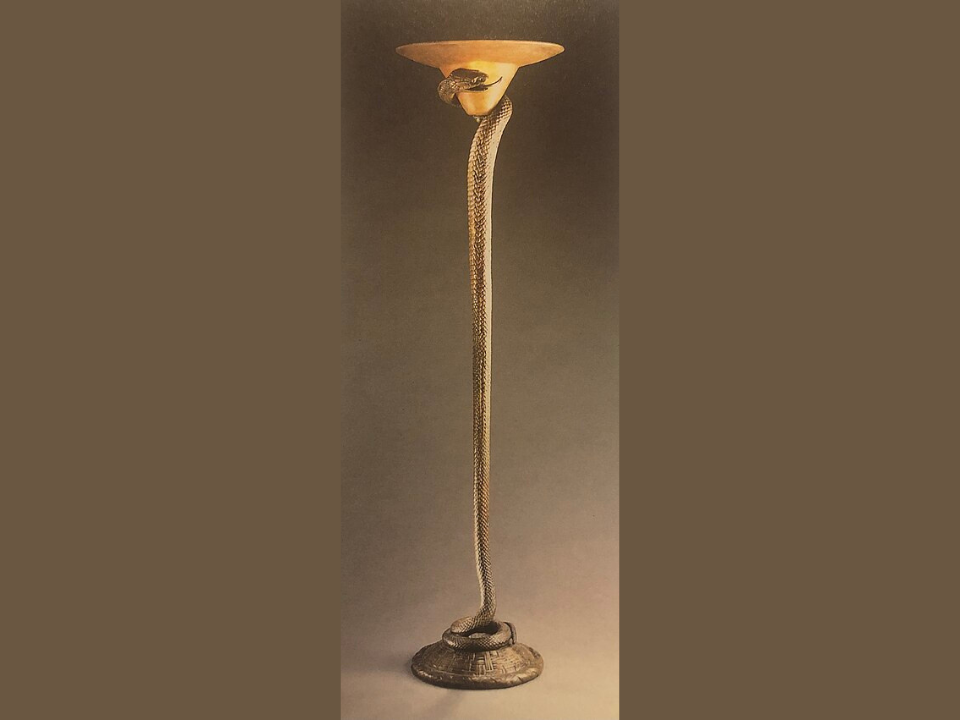
A collaboration between metalworker Edgar Brandt and glassmaker Daum Nancy produced this exquisite piece from the late 1920s. The lamp features an iron base shaped like vines supporting a shade of multicolored glass. The warm orange and amber tones glow beautifully when lit, reflecting the craftsmanship of the era. When auctioned at Christie’s, it achieved an impressive $350,000.
Collectors value this lamp for its dual artistry. Brandt’s metalwork complements the fluid glass design from Daum, creating a perfect marriage of strength and elegance. Few examples remain in pristine condition, adding to its desirability. It stands as one of the most sought-after collaborations in Art Deco lighting.
Armand-Albert Rateau Bronze Floor Lamp
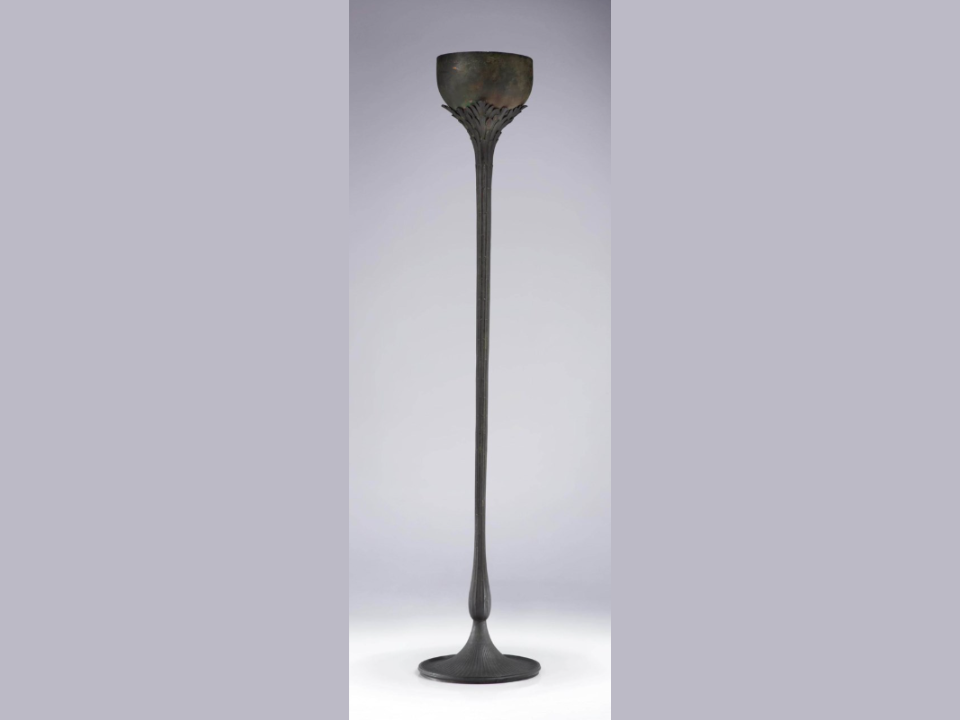
Designed by Rateau for French designer Jeanne Lanvin’s Paris apartment, this floor lamp is both elegant and rare. The bronze base features stylized animal motifs, reflecting Rateau’s fascination with nature. Its tall, narrow shape gives it a commanding presence, often described as sculpture-like. When sold through Sotheby’s in 2019, it fetched around $480,000.
This piece represents the high artistry of French decorative design during the 1920s. Collectors appreciate its historical connection to Lanvin, a celebrated fashion figure. The lamp’s craftsmanship and provenance contribute to its significant market value. It continues to inspire designers who admire the bold geometry and refined luxury of Art Deco interiors.
Donald Deskey Skyscraper Lamp
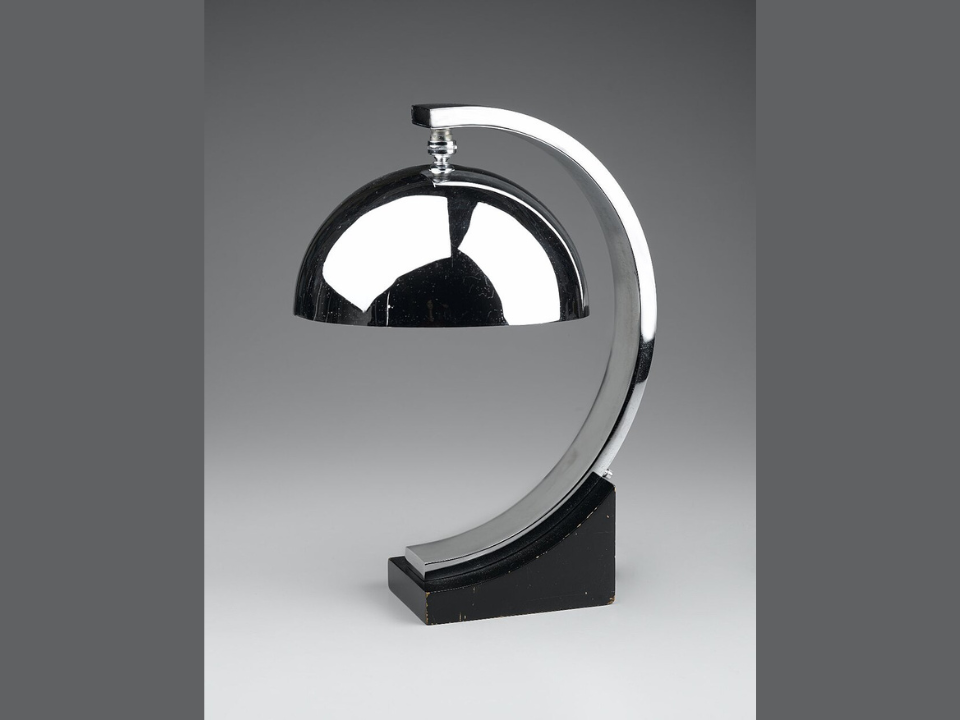
Donald Deskey, known for designing interiors of Radio City Music Hall, created this lamp with sleek chrome and geometric forms. Its vertical design mirrored the American fascination with skyscrapers during the 1930s. This piece became an icon of streamlined modernity, representing the optimism of the age. A rare example sold at auction for $150,000.
Deskey’s lamp holds both aesthetic and historical importance. Its combination of industrial materials and minimalism appealed to the growing urban elite. Many examples have been lost or damaged, making surviving pieces valuable. Collectors often view it as a symbol of American innovation in design.
Daum Frères ‘Pâte de Verre’ Table Lamp
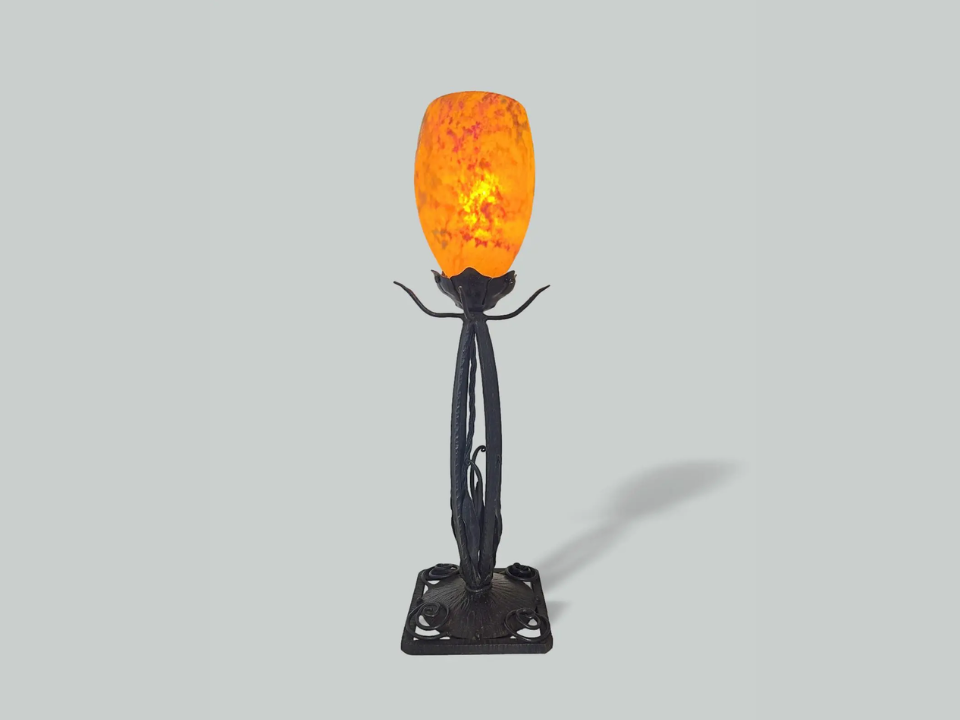
Produced in Nancy, France, this table lamp displays the Daum brothers’ mastery of glass. The shade glows in hues of gold, violet, and pink, while the base is adorned with metal leaves and floral details. Each lamp was individually made, ensuring no two were identical. A rare specimen sold for $175,000 at Bonhams.
The combination of glass and metal demonstrates the technical artistry of early 20th-century French workshops. Collectors value these lamps for their delicate yet enduring construction. Their craftsmanship continues to draw interest from museums and private collectors alike. Owning one represents a link to the golden age of French decorative design.
Muller Frères ‘Peacock Feather’ Ceiling Fixture
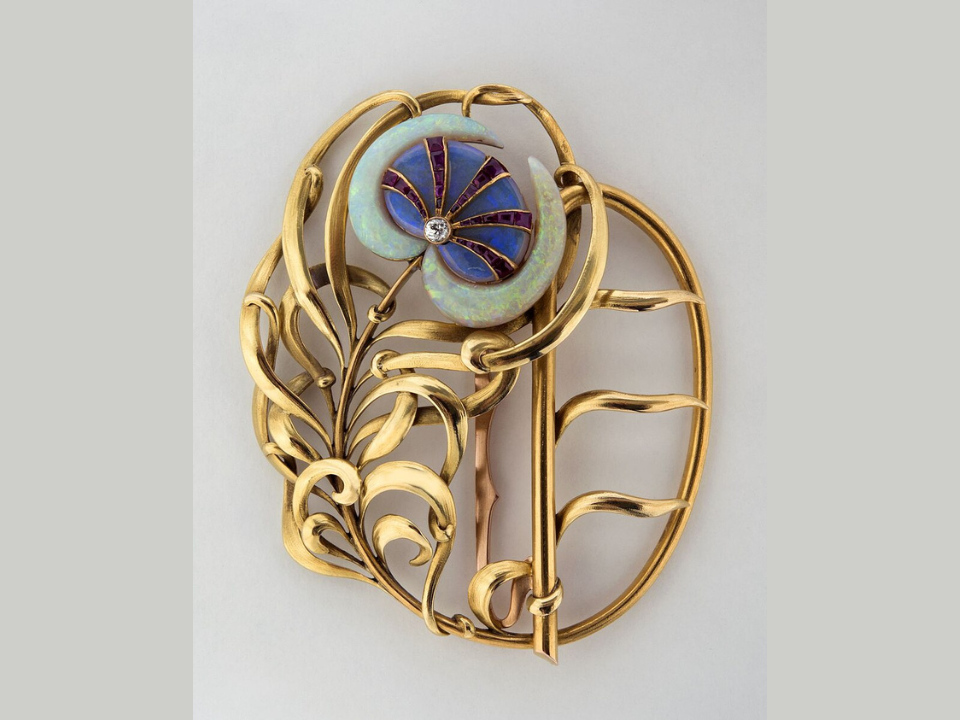
The Muller Frères glassworks from Luneville, France, created this masterpiece inspired by peacock feathers. The colorful glass panels shimmer with blues, greens, and purples when illuminated. Its detailed pattern captures the luxurious aesthetic of Art Deco interiors. A rare piece sold for around $120,000.
Collectors are drawn to its vibrant artistry and craftsmanship. The intricate use of colored glass and metal frame reflects the influence of nature and glamour in 1920s design. This chandelier continues to inspire designers who appreciate historical artistry. Each surviving example is seen as a treasure of early 20th-century elegance.
Jean Perzel Wall Sconces
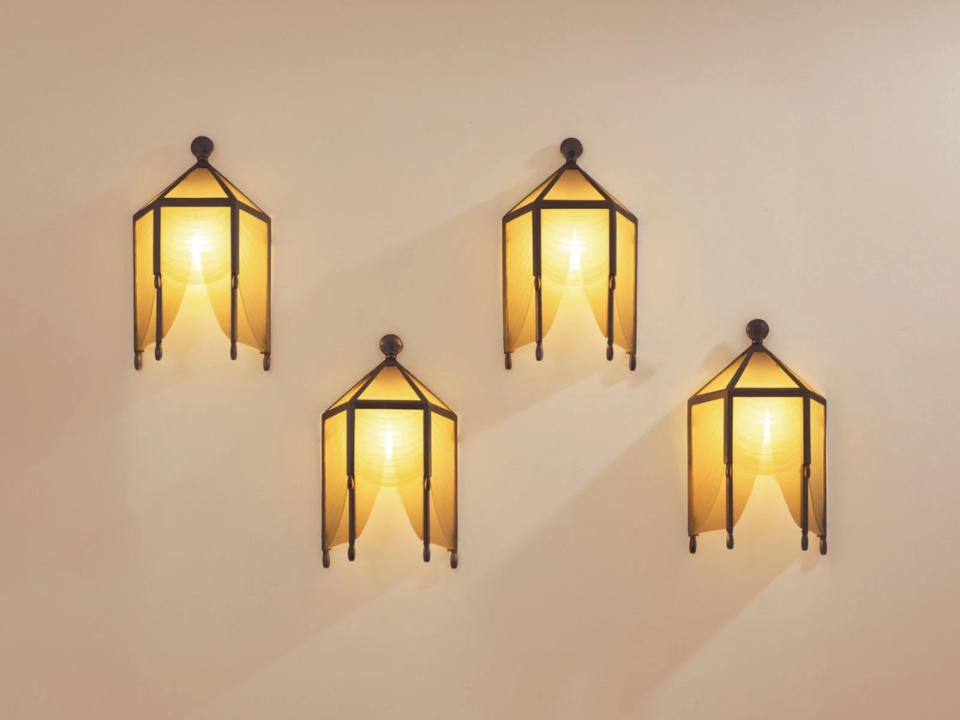
Jean Perzel, one of the finest Art Deco lighting designers in the 1930s. These pieces feature clean lines, frosted glass panels, and brass frames that exude refined luxury. They were often installed in private mansions and government buildings across Europe. In a recent Phillips auction, a pair sold for around $95,000.
Collectors admire Perzel’s balance between utility and beauty. His designs combine modern simplicity with graceful geometry. Each sconce emits a soft glow that highlights architectural spaces elegantly. Authentic sets from the original production remain rare, making them valuable in the collector’s market.
Raymond Subes Wrought Iron Table Lamp
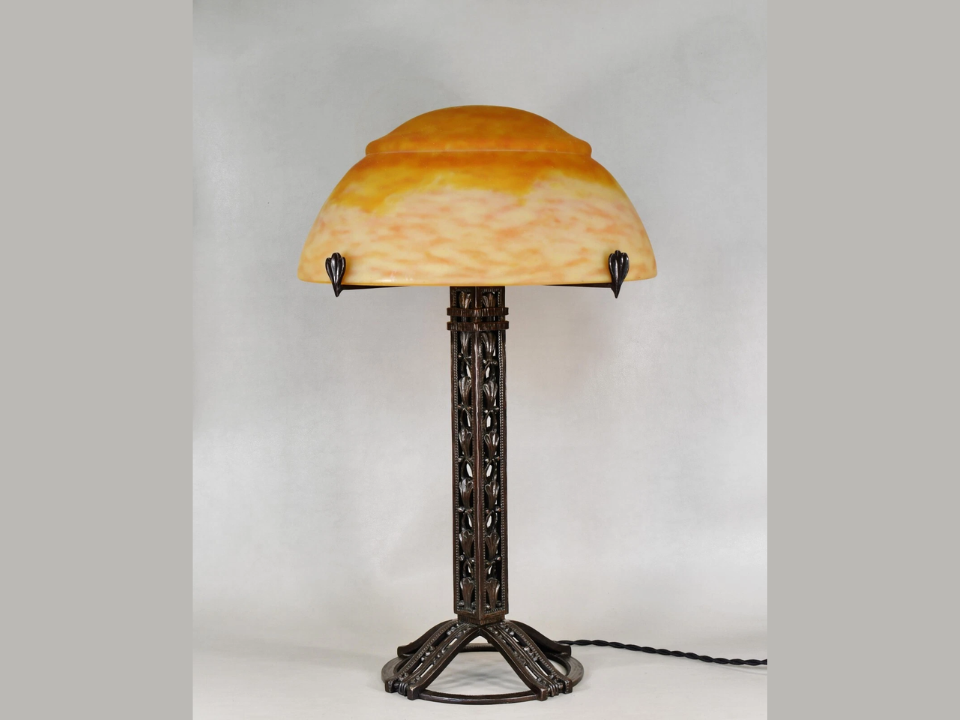
Raymond Subes was renowned for his extraordinary metalwork during the Art Deco period. His wrought iron table lamp, often featuring abstract and geometric motifs, reflects both strength and delicacy. The design embodies the industrial spirit that defined modern French interiors. A fine example sold for around $180,000 at Sotheby’s.
Subes’ creations demonstrate technical mastery and artistic flair. Collectors prize this table lamp for their blend of craftsmanship and architectural grace. Many remain installed in historical Parisian buildings, making them symbols of an era defined by luxury and innovation. Finding one in pristine condition is increasingly rare, adding to its value.
Pierre-Adrien Dalpayrat Table Lamp
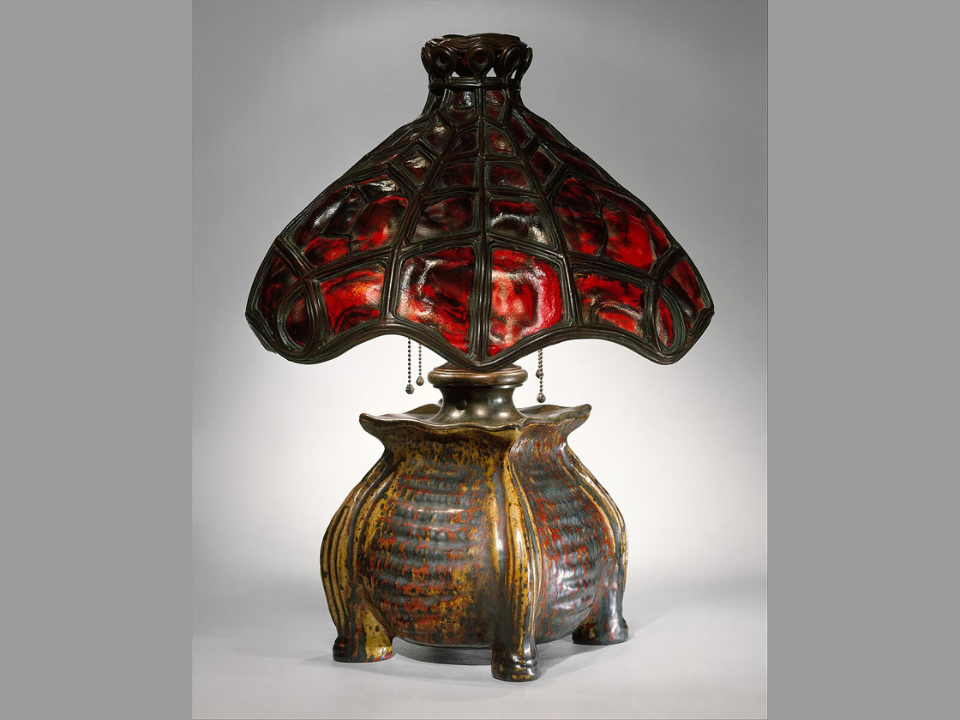
Pierre-Adrien Dalpayrat was known for his ceramics, and his Art Deco table lamps represent a rare fusion of pottery and lighting. His distinctive use of oxblood glazes gives each piece a deep, iridescent sheen that changes under light. The lamp bases were often paired with parchment or glass shades, adding warmth to their bold color. A rare signed version of this lamp reached $95,000 at a French auction.
Collectors appreciate Dalpayrat’s attention to form and the natural flow of his glaze techniques. The table lamp exemplifies the transition between late Art Nouveau and the geometric refinement of Art Deco. Few pieces remain in excellent condition due to the fragility of ceramic materials. This rarity, combined with Dalpayrat’s growing recognition among modern collectors, has increased their market appeal significantly.
Schneider Pâte de Verre Bronze Chandelier
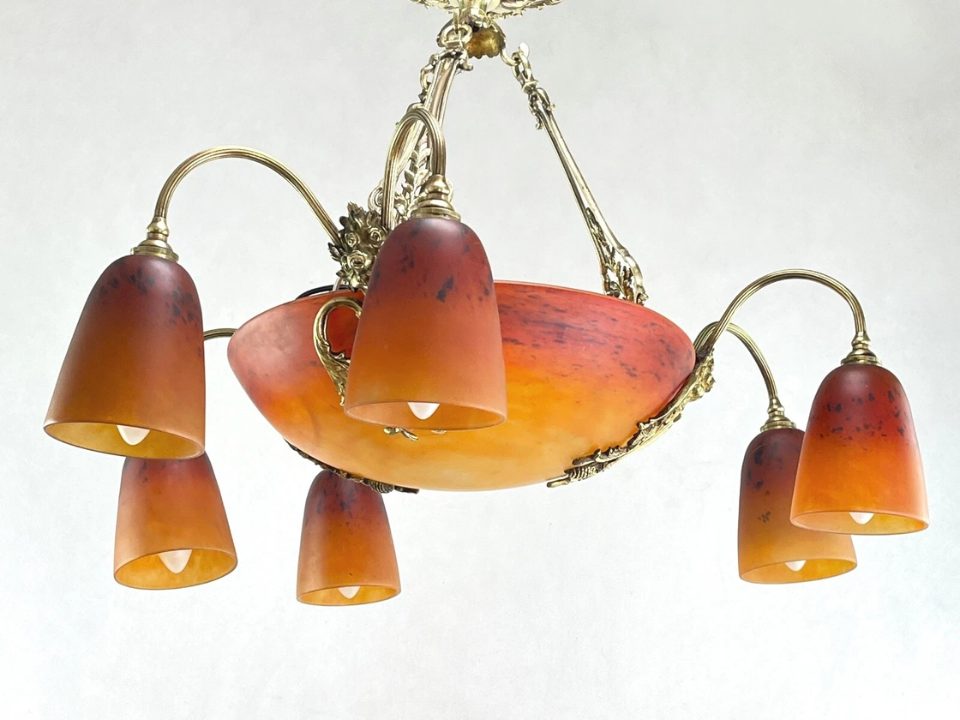
Charles Schneider’s work in pâte de verre glass was both artistic and technically advanced for its time. This chandelier, supported by an ornate bronze frame, combines color, light, and sculpture in perfect harmony. The rich hues of amber and amethyst glow through the textured glass panels, creating a soft yet luxurious atmosphere. A beautifully preserved example sold for $175,000 at a major European auction.
Collectors are drawn to Schneider’s chandeliers because of their intricate detailing and vivid color combinations. Each piece was handmade, making every chandelier unique. The collaboration between glass and metal demonstrates the best qualities of Art Deco craftsmanship. Today, Schneider’s lighting remains a prized highlight for serious collectors and interior design enthusiasts.
Paul Kiss Iron and Glass Floor Lamp
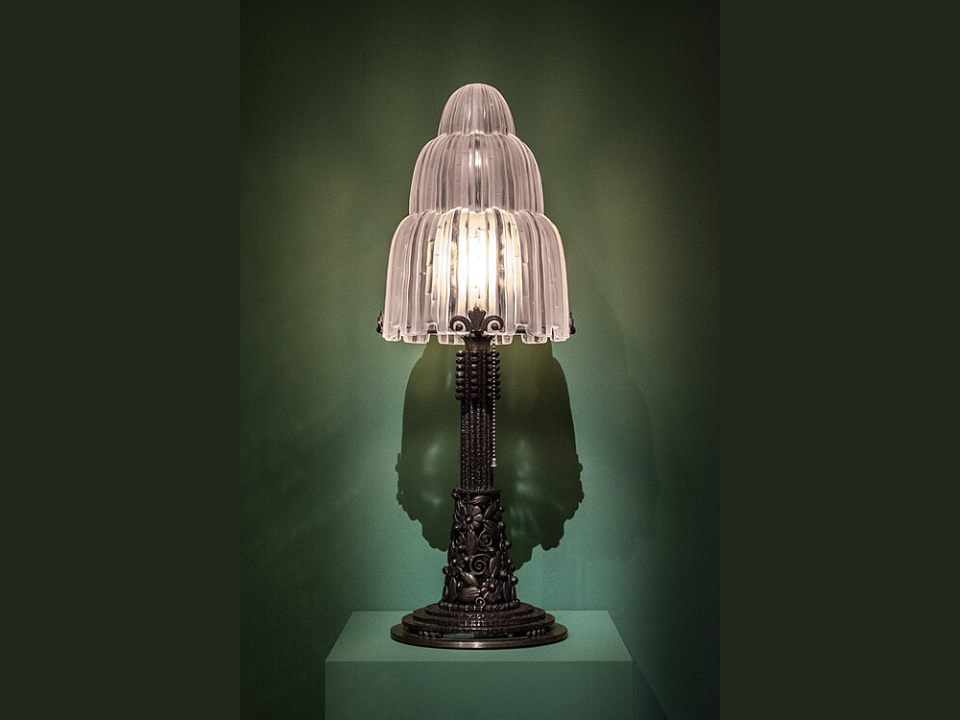
Paul Kiss gained recognition for his expressive ironwork during the height of the Art Deco movement. His floor lamp featuring floral motifs and curved glass shades demonstrates his artistic vision. It combines strong craftsmanship with a sense of romantic beauty. A rare original piece achieved $210,000 at Sotheby’s.
Collectors admire the way Kiss balanced structure and ornamentation. His use of decorative iron made his lamps both durable and graceful. The lamp’s height and design make it suitable for galleries and high-end interiors. Few of his lighting pieces remain available, increasing their desirability among private collectors.
This article originally appeared on Avocadu.
